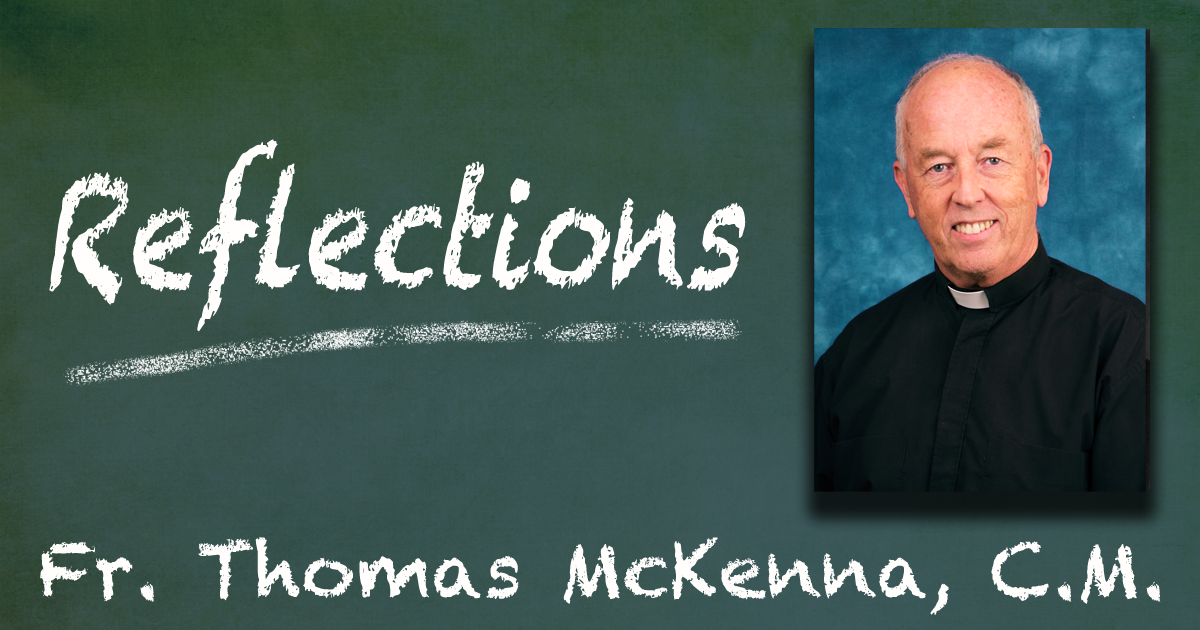
Following Behind “The Story”
Especially in this age of Facebook and Instagram has the power of story come to the fore. That is, increasingly so, the narrative much more than the bullet-pointed outline is what does the most effective job of getting through to hearts and minds and wills.
There are good reasons for this.
- A worthy story is a direct route to our emotions – and therefore influences decision-making.
- Stories create meaning, let us see patterns we missed before.
- Stories draw people together, let groups cohere.
- The right story, as someone wrote, enables the possible to feel probable in ways that our logical minds can’t come to on their own.
The overall point is that great stories take you in, invite you to step into their scenes and live inside the worlds of their characters. They sweep you up into their movement. And if there ever was a narrative that has taken people up into its momentum, it’s this one we’re entering upon this week — the week of the passion, death and resurrection our Lord Jesus Christ.
How might we let ourselves be led along the road of this story, so central to our Christian faith and so vividly laid out for us in our liturgies?
One method has been called “stopping along the way.” This Passion account takes us into any number of settings – standing in the crowd waving palms at this electric preacher riding through, sitting around that final table on the night before it all happens, listening to Pilate’s snark interrogation of Jesus, watching that cross raised up and bounced into place, leaning hard against a rock outside the tomb, and so forth.
Could we give ourselves permission to “stop along the way”? If some voice or emotion or backdrop or phrase catches, then let’s sit with it a while instead of following the impulse to keep moving on. Isn’t that what the stations of the cross do – flicker scenes at our imaginations? Isn’t that what happened to the people there at Calvary when years later they flash back to those women standing close by the foot of that cross – and they just sit with it. One way to follow a story? Pause — and just listen.
But overriding any technique is a certain attitude, the stance the bible describes as “bowing” — reverencing, standing open and vulnerable before what’s unfolding. It’s the difference between, “I’ve heard this all before; I know how it all turns out,” and operating from a stance of, “I’m not so much telling this story, as much as this story is telling me.”
If we come to it as Moses came before the burning bush, shoes off in wide open receptivity, and as Vincent in profound trust before the all-Provident Father, this grand and saving narrative can live again. It can proclaim its ever new and grace-bearing news — about the love of God outpoured in the handing over his Son does for us, God’s pilgrim people.
In this week ahead, try not just to listen to the story – but follow behind it.







Many thanks!